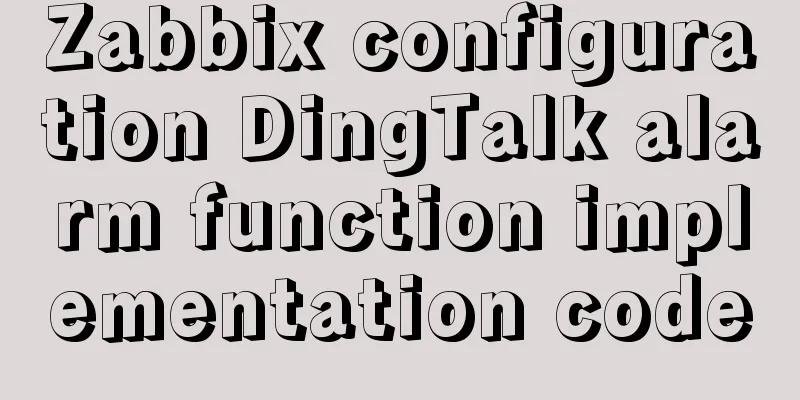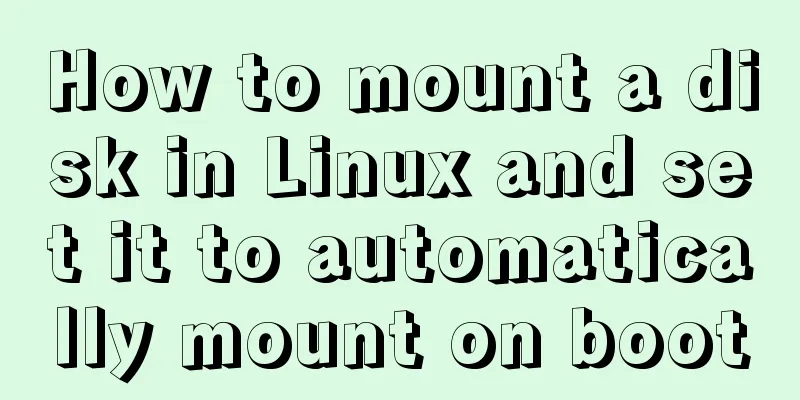Detailed explanation of Linux text editor Vim

|
Vim is a powerful full-screen text editor and the most commonly used text editor on Linux/UNIX. Its function is to create, edit and display text files. Vim has no menus, only commands. (Used when editing some configuration files and writing some simple scripts) Vim's three working modes: command mode, insert mode, and edit mode Insert command: Positioning command:
Delete command:
Copy and Cut commands:
Replace and undo commands:
Search and search-replace commands:
Save and exit commands:
Vim Tips Import command execution result: r! Command definition shortcut key: map Shortcut key trigger command example: map ^PI# The above is a detailed explanation and integration of the Linux text editor Vim introduced by the editor. I hope it will be helpful to everyone. If you have any questions, please leave me a message and the editor will reply to you in time. I would also like to thank everyone for their support of the 123WORDPRESS.COM website! You may also be interested in:
|
<<: How to implement the singleton pattern in Javascript
>>: Mysql optimization Zabbix partition optimization
Recommend
Use pure CSS to create a pulsating loader effect source code
Effect Preview Press the "Click to Preview&q...
Detailed analysis of MySQL master-slave delay phenomenon and principle
1. Phenomenon In the early morning, an index was ...
Detailed explanation of the solution to forget the password in MySQL 5.7
ENV: [root@centos7 ~]# uname -r 3.10.0-514.el7.x8...
Detailed explanation of the use of CSS pointer-events attribute
In front-end development, we are in direct contac...
Solution to the problem of installing MySQL compressed version zip
There was a problem when installing the compresse...
【HTML element】How to embed images
The img element allows us to embed images in HTML...
Implementing login page based on layui
This article example shares the specific code of ...
Linux IO multiplexing epoll network programming
Preface This chapter uses basic Linux functions a...
How webpack implements static resource caching
Table of contents introduction Distinguish betwee...
How to use firewall iptables strategy to forward ports on Linux servers
Forwarding between two different servers Enable p...
Solve the problem that Docker cannot ping the host machine under Mac
Solution Abandon the Linux virtual machine that c...
HTML Basics_General Tags, Common Tags and Tables
Part 1 HTML <html> -- start tag <head>...
Implementation of formatting partitions and mounting in Centos7
Linux often encounters situations such as adding ...
Example of how to reference environment variables in Docker Compose
In a project, you often need to use environment v...
Modify the default color of the input box placeholder text -webkit-input-placeholder method
HTML5 adds a native placeholder attribute for inp...
















